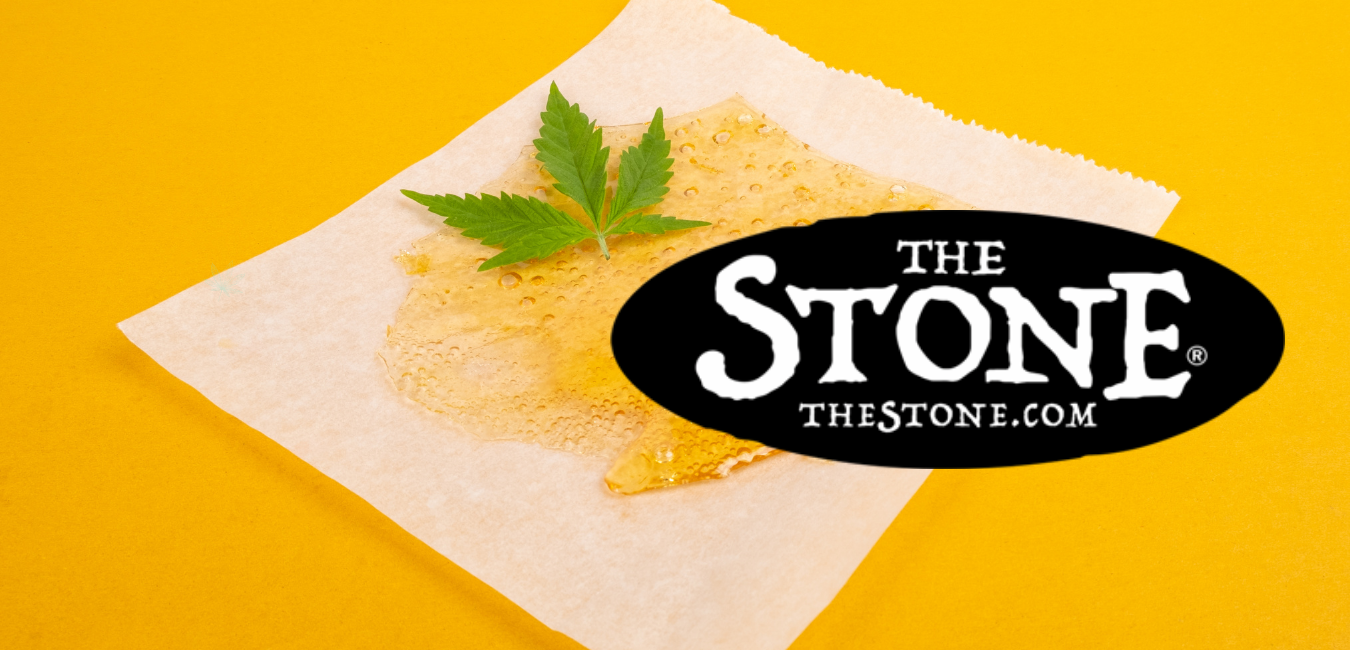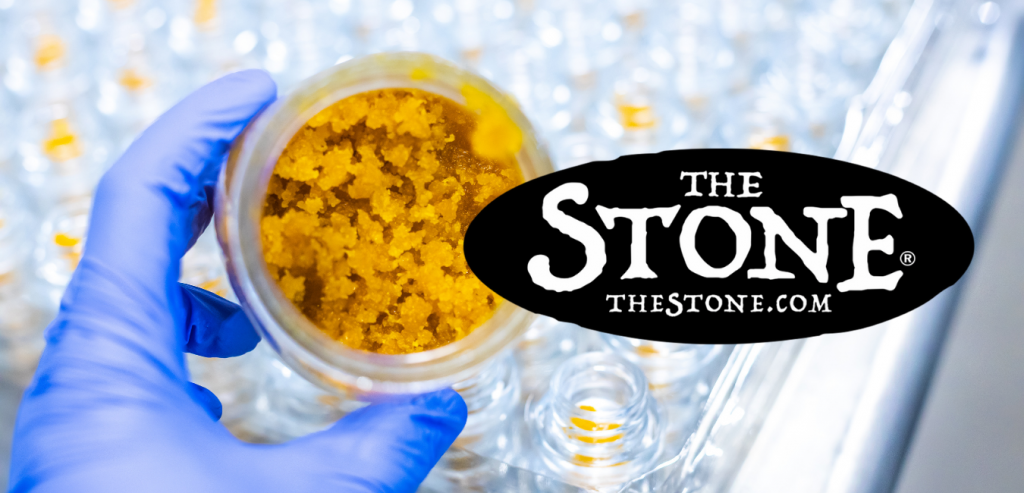
This website is for users aged 21 and over. Please confirm your age.

What does marijuana resin look like? Users and growers believe that the resin is the most valuable part of the plant. Thousands of people (vloggers, journalists, health professionals, weed-growers) have different and or similar views. While the minority may differ in this regard, amidst the risks associated with the consumption of marijuana resin, many consider the products to have medicinal and recreational chemical compounds.

These compounds (Flavonoids, terpenoids) are high in medicinal aroma and flavor molecules. In addition, research further supports that the marijuana resin is rich in THC (tetrahydrocannabinol) and acts as a communication channel to the plant and a defense mechanism against diseases, pests, and infections.
This helps it maintain optimal surface-level humidity. So the plant does not lose its moisture. Additionally, further research has shown marijuana resin has different colors and textures. Its color ranges from white to golden yellow and often appears like a waxy substance.
According to the journal article, “What is Cannabis Resin & How is it produced?” Marijuana Resin is often this sticky, tasty, sap-like material found on the plant’s flower. The vlogger further orchestrated a perfect contrast between the marijuana resin and tree sap. He described the Cannabis resin as a gooey plant product like the tree sap. Unlike tree sap, weed resin is filled with fatty structures called trichomes. The tree sap is liquid and has a high concentration of sugar; versus the marijuana resin that has crystal-like systems.

According to Jorge Cervantes, a world-renowned marijuana horticulturist, during the fifth week of flowering, resin starts to accumulate heavily. He further lamented that the resin glands are translucent when they are first apparent. However, the plant resin will change its color to amber at the peak of flowering and harvesting. Cannabis resins are packed with trichomes (resin glands) and appear round and intact. As the plant ages, the resin glands turn amber.
On the contrary, marijuana resin accumulated from a smokers’ pipe tends to have a different look than the resins produced naturally from the plant. The marijuana resin from a smokers’ pipe has a tar-like residue. The tar-like substance is the result
of marijuana combustion that creates by-products such as; ash, tar, and carbon. Resin appears burnt and feels sticky. It often accumulates at the bottom of the pipe. It is processed and used for both medical and recreational purposes.
Resin is most concentrated on the buds of unpollinated female Cannabis flowers. It depicts different textures and colors during its life cycle.

Many products made from resins are sold in legal Cannabis Dispensaries.
They are concentrates extracted from the plant and may be available as Hash, Butane Hash Oil, Live, Rosin, and C02 Oil.
Read this Healthline article
Check out this article from Hail Mary Jane for more
What is marijuana resin? Marijuana resin, also known as Hashish, has been used for thousands of years. Many people use it for recreational and medicinal purposes to produce a psychoactive effect. People have been using marijuana resin in many different ways, including smoking, vaporizing, and eating.
People have been using marijuana resin since ancient times. France just legalized medical marijuana, and they already found ancient Hashish in the grave of a French ruler!
It is thought that cannabis was initially grown in China or Central Asia between six thousand to two thousand years ago. Around five thousand BC, this plant spread throughout Africa and into Europe and South East Asia. Cannabis is now cultivated all over the world. It is not legal to grow hemp in the United States, but industrial hemp is legal to import and use for many different items. It can also be imported from other countries too.
The most common way that people use marijuana resin is by smoking it through a pipe or cigarette. While this is extremely popular today, there are not any records of how marijuana resin was used over time, so we do not know if this was always how it worked. There has to have been some transition period because there are written accounts of people using marijuana resin in Asia dating back to 500 BC…
Marijuana resin contains several psychoactive chemicals called cannabinoids, including Tetrahydrocannabinol (THC) which produces the high that users experience when they smoke it. THC affects the endocannabinoid system that exists in every human and animal. This system is responsible for many essential functions, including pain sensation, immunity, and mood regulation. The cannabinoids produced by marijuana resin enter the body and attach to cannabinoid receptors located throughout the brain and spinal cord, altering nerve impulses.
Since ancient times, people have used marijuana resin for both recreation and medicinal benefits. Nowadays, people use it as a form of treatment for some illnesses such as cancer or glaucoma because THC can slow down tumor growth or reduce eye pressure which helps with these diseases. Some use marijuana resin recreationally to experience altered sensory perceptions, relaxation, sleepiness, euphoria, increased appetite…
In France, they have been using marijuana resin recreationally and medicinally for hundreds of years. In 1755, a French doctor named Jean Talium wrote a paper on the benefits of smoking hashish to treat tumors in the breast. They also used it recreationally at that time too.
In modern times, people worldwide have been using marijuana resin to produce a psychoactive effect. There are many different ways people inhale marijuana resin, vaporize it, or eat it, but the most common way is through smoking. This has been going on for thousands of years which means there is a long history behind this drug!
We warmly welcome you to explore our highly acclaimed strains, concentrates, and edibles. Serving recreational clients with pride is our passion.
At our dispensary, you'll find a professional yet inviting atmosphere that prioritizes your comfort and privacy. Feel free to stop by at your earliest convenience to experience it for yourself. We can't wait to serve you!


